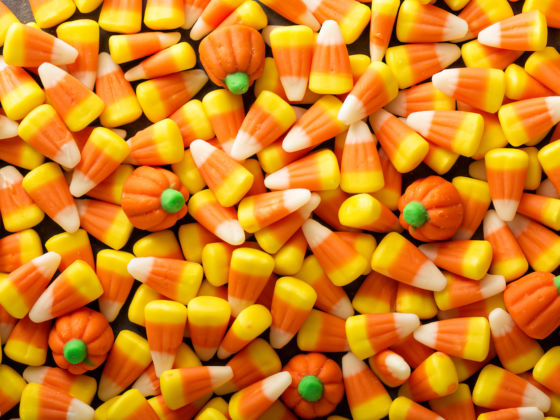Candy corn is one of the most popular Halloween candies in the United States. Some 35 million pounds — 9 billion individual kernels — are made every year, according to the National Confectioners Association. It’s also, depending on who you’re talking to, the subject of extreme displays of devotion or vitriol.
Every October, people voicing their opinion about candy corn is as predictable as hayrides and pumpkin patches. They compare the candy to waxy candles, or defend it with a hashtag, #LikingCandyCornIsNormalAndGood. This being 2019, former politicians wade into the debate with jokes that anyone who likes candy corn should be investigated by the Ukrainians. Meanwhile, the rest of the world still isn’t sure what exactly candy corn is.
